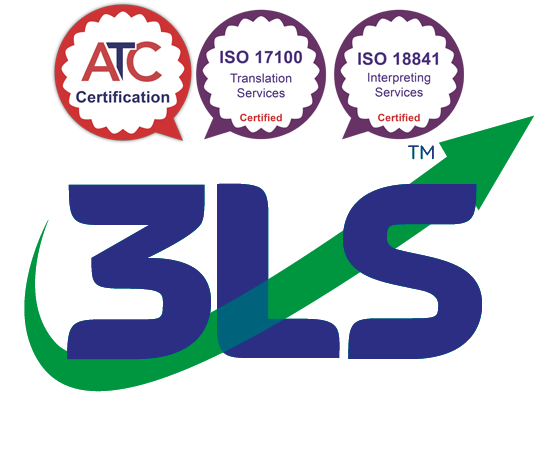… a lot of companies just make it that way. Invited to our Chamber of Commerce‘s export workshop this morning to offer some tips on the language aspects of export translation for marketing, packaging, websites, product documentation and stuff. Great discussion – UKTI were there along with various local business guys.
You’ll certainly need export translation if you’re looking to export to most markets. A good starting point is a seriously good language translation service but there’s much more to it than that. Below are just a few key points drawn from a much more extensive language presentation given to our local exporters – but whatever and wherever you’re exporting, at least some, and probably all, of these tips are well worth bearing in mind.
Consider culture…
… not just as it is but as it could soon be. Increasingly clients are finding for example that the export packaging they had before no longer works – as one example, tighter religious agendas in some Arab Spring cultures are demanding more detail on food packaging – and one client is having to spend a lot on having new packs designed and translated.
Thinking export translation? Think joined-up.
In our (22 years) experience, there’s two kinds of exporters – those who get it (the successful ones) and those who don’t. Exporting is a big process and needs joined-up thinking and action – get it right and it all works, get it wrong and you’ll be into years of mediocre performance and low returns.
The WRONG way…
… is to get export translation done piecemeal – a bit by this agency, a bit by that one, some by the brochure designers, some by your in-country distributor, and a bit by the French work experience girl.
It’s a really bad idea – you’ll have huge inconsistencies in style and terminology, and very probably errors too – very few English people write good English, so why should your distributor or work experience girl be able to write good French? There’s a reason your marketing guys use pro copywriters.
The RIGHT way…
… is to find a good translation partner and stick with them. And it’s best to do this yourself – if you delegate to your designer or printer they’ll tend to opt for the cheapest provider (for the biggest mark-up!), or a friend of a friend, neither of which – trust us – is a good idea.
If you choose and stick with the right translation provider for your export work, they’ll become familiar with your product, brand, style and preferences and ensure that translators are briefed accordingly. They’ll help you localize and create and maintain a glossary and stylesheet of your terminology and key phrases (and their translations) and will often use CAT tools to save you money by leveraging your past material.
Most importantly, you’ll get ongoing joined-up translation that works well for your product in that market, written by professional linguists (so the language will be accurate and well-crafted) and properly proofread (we have 7 reviewers in-house, covering French, Spanish, German, Italian and Portuguese).
The RESULT
Because you have this relationship, and your translator has all your material in their systems, updates and amendments will be easy and cheap, and dovetail seamlessly into what went before. And because this same expertise will be in play for your brochures, packaging, manuals, documentation, advertising and more, your product will be seen in-country as joined-up and high-quality, providing a sound basis for your export strategy.
More capable providers will also be able to provide in-country interpreting support (briefed to the same high standard), press-ready multilingual typesetting (it’s generally best not to ask your designer to typeset Chinese…) and end-to-end multimedia localisation via voiceover or subtitling – we provide all three services, and more.
Get the English right first!
Translation’s expensive, but a fraction of the cost of a full export campaign. Pivotal to success is the quality of your source English material – is it smart, crisp, unambiguous and easy to read?
Because if it isn’t, it will probably be much worse once translated – and fuzzy, bloated, verbose text is a real turn-off that WILL damage your export success. It’s really, really worth taking the time to ensure the English you’re going to get translated is spot-on if the translation is to yield the export benefit you want, so we’d REALLY recommend this as a first step.
Unlike many language service providers we don’t just translate whatever we’re given, and if we don’t feel your English is good enough to work with, we’ll say so. We can then re-write for you, recommend a copywriter, or advise you on what improvement is needed for you to do yourself.
We don’t do this to nitpick – we do it because we want you to succeed. We’re looking for long-term partnership, not just job-by-job cash for work to a minimum standard. Incidentally, we also offer a downloadable guide to getting better translation which has lots of pointers on what you can do yourself to ensure a better translation result.
Now – go get ’em!
Hope you found this useful – it’s really just scratching the surface of how and why translation matters in exporting. At the end of the day all this should really be just common sense – but as a wise man remarked, “common sense – isn’t”. One reason why so many would-be exporters achieve so much less than they had hoped. But the upside is, their failure leaves the door open for you export success!
